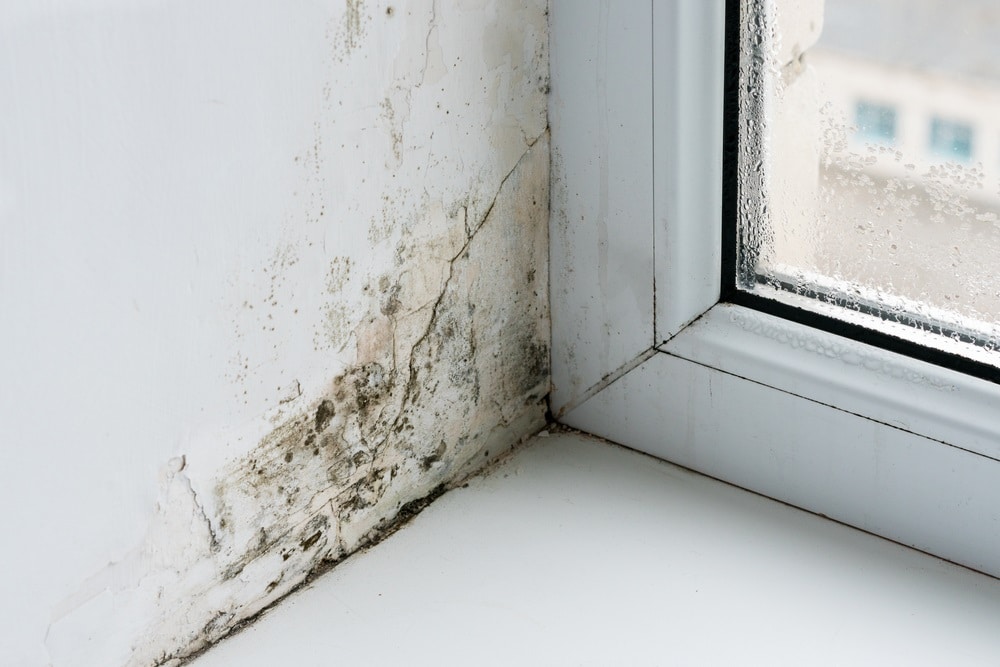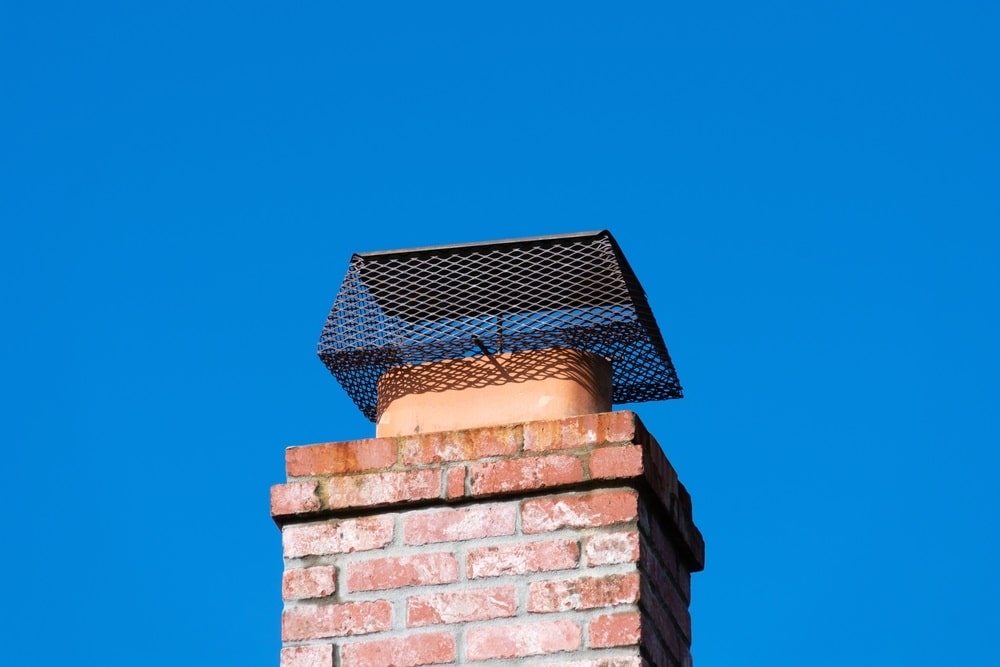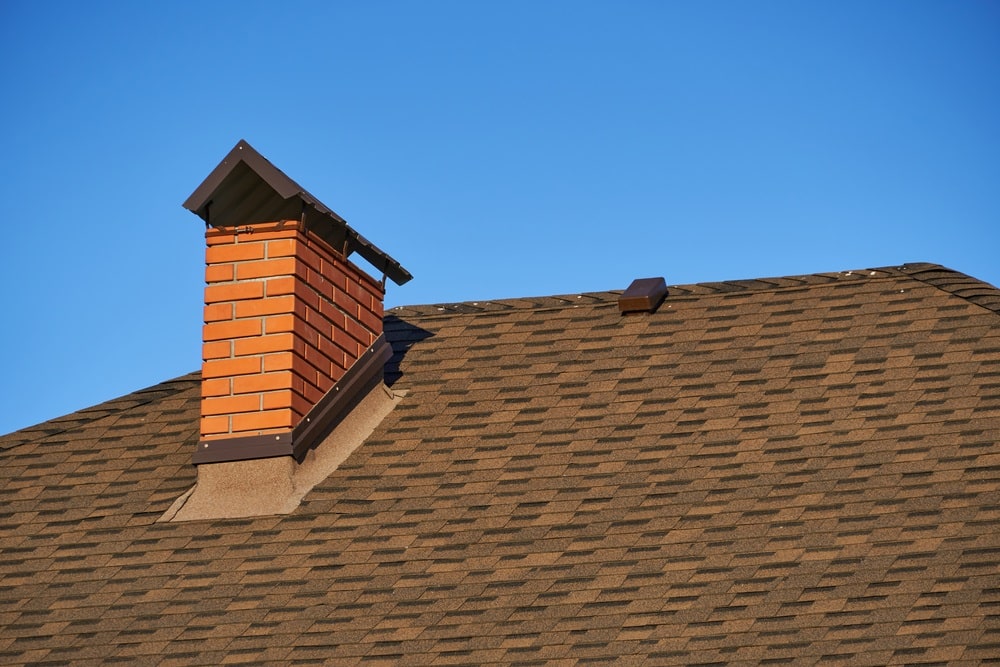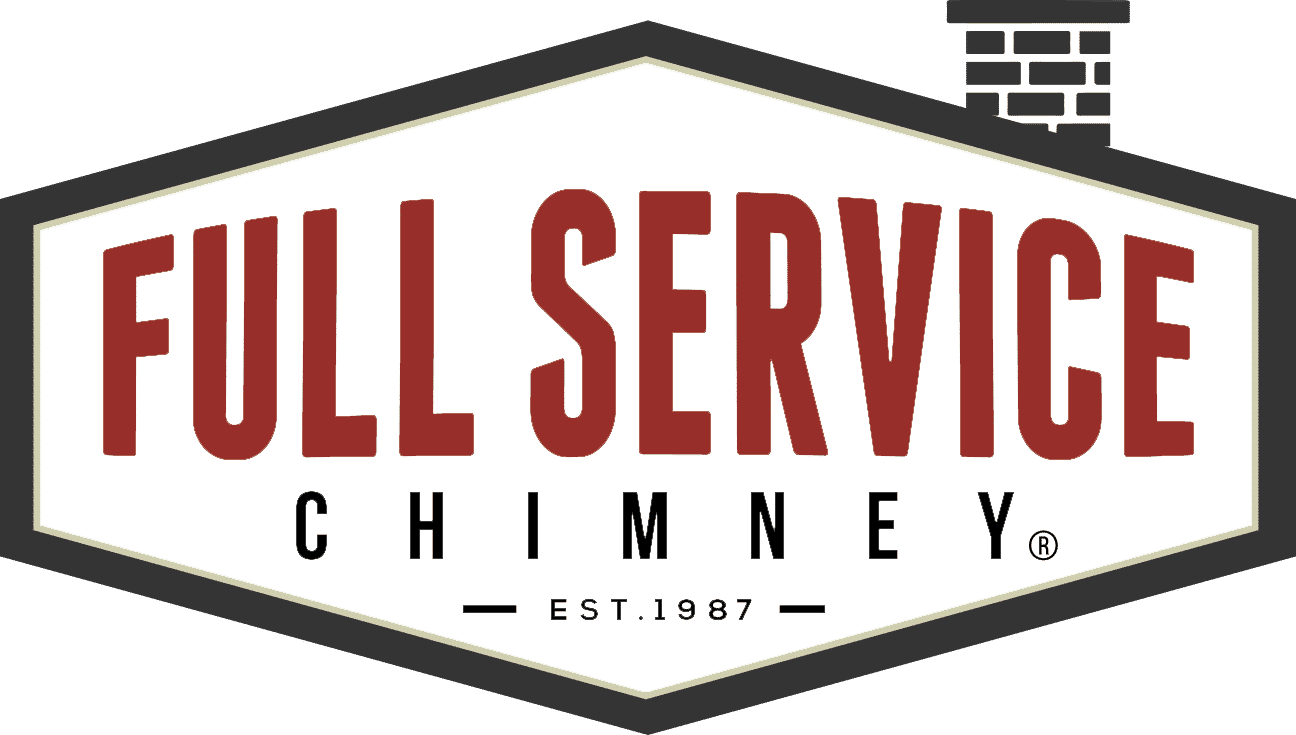When most homeowners think about their chimney, images of cozy winter nights by the fireplace often come to mind. It’s easy to overlook the importance of your chimney during the summer months, but chimney ventilation plays a crucial role in maintaining a comfortable, healthy home environment all year long. In this article, we’ll explore what chimney ventilation is, why it’s important even when your fireplace isn’t in use, and how proper maintenance can make your home more comfortable throughout the summer.
What Is Chimney Ventilation?
Chimney ventilation refers to the process by which air flows through your chimney system, allowing smoke, gases, and heat to escape safely from your home. But ventilation isn’t just for fireplaces in use; it also helps manage the movement of air in your home, affecting indoor air quality, humidity, and even energy efficiency.
Key components of a chimney ventilation system include:
-
- Flue: The vertical passageway through which smoke and gases exit.
- Damper: A movable plate that controls airflow and seals the chimney when not in use.
- Chimney Cap: A protective cover that keeps out rain, debris, and animals while allowing ventilation.
- Smoke Chamber: The area above the firebox where smoke gathers before it rises up the flue.
A properly designed and maintained chimney ventilation system ensures that your home remains comfortable and safe, regardless of the season.
The Science Behind Chimney Ventilation and Airflow
Understanding how chimney ventilation works begins with a look at airflow in your home. Homes are not airtight; air is constantly moving in and out through windows, doors, vents, and, yes, your chimney. This movement is driven by the stack effect, which refers to the natural tendency for warm air to rise and escape from higher points (like your chimney), drawing cooler air in from lower openings.
Stack Effect and Home Comfort
During winter, the stack effect helps draw smoke up and out of the chimney. In summer, however, the process can work in reverse or create unwanted drafts if your chimney isn’t venting properly. For example, hot outdoor air can be drawn down into your home, making your living space warmer and less comfortable.
Proper chimney ventilation helps regulate this airflow, supporting your home’s overall ventilation system. It creates a balance between negative and positive pressure zones, which impacts everything from indoor air quality to how hard your air conditioner has to work.
Chimney Ventilation and Indoor Air Quality
A well-ventilated chimney prevents the buildup of indoor air pollutants such as carbon monoxide, particulates, and volatile organic compounds (VOCs). Even when not in use, an unsealed or poorly ventilated chimney can allow outdoor air, allergens, and pests to enter your home, impacting your family’s health and comfort.

Common Summer Issues Caused by Poor Chimney Ventilation
You might not think about your chimney in the summer, but this is actually when many ventilation issues become most apparent. Here are some of the most common problems homeowners face:
Musty Odors and Humidity Build-Up
If your chimney isn’t ventilating properly, humid air can become trapped inside, leading to musty odors that drift into your living space. This can make your home feel damp, uncomfortable, and less inviting.
Pest and Wildlife Intrusion
Birds, squirrels, and insects love to find cool, dark spaces during the summer. An uncapped or damaged chimney is an open invitation for these unwanted guests, many of whom can block airflow or cause damage.
Backdrafting and Indoor Air Pollutants
Improper ventilation can cause air to move in the wrong direction, drawing soot, dust, and other pollutants back into your home. This is especially problematic if you run your air conditioning, as these pollutants can be circulated throughout your HVAC system.
Mold and Mildew Concerns
Warm, moist air trapped in your chimney can create the perfect environment for mold and mildew to grow. These fungi not only smell unpleasant but can pose serious health risks for your household.
How Chimney Ventilation Contributes to Summer Comfort
Let’s talk about the positive side: how proper chimney ventilation improves your summer living experience.
Reducing Indoor Humidity
A well-ventilated chimney allows excess moisture to escape, preventing that sticky, humid feeling inside your home. This makes your living spaces more comfortable and helps protect walls, ceilings, and furnishings from moisture damage.
Preventing Stale Air and Unpleasant Odors
Air that can’t circulate becomes stale, leading to lingering odors from cooking, pets, or even past fireplace use. Chimney ventilation helps keep air moving, ensuring your home smells fresh even when the fireplace is dormant.
Enhancing HVAC Efficiency
Believe it or not, your chimney can impact how hard your air conditioner has to work. Poor ventilation can introduce extra heat and humidity, forcing your AC to run longer and increasing energy bills. By maintaining proper airflow, you help your HVAC system operate more efficiently.
Supporting a Healthier Home Environment
Good chimney ventilation means fewer allergens, less dust, and a lower risk of mold and mildew. This contributes to improved indoor air quality—something every homeowner values, especially during warm months when windows are often closed to keep the heat out.
Signs of Poor Chimney Ventilation in Summer
How do you know if your chimney ventilation needs some attention? Here are some common signs to watch for during the summer:
-
- Noticeable Odors: Persistent musty, smoky, or damp smells can indicate moisture or airflow problems.
- Condensation or Moisture: Signs of water around the fireplace, on the walls, or inside the chimney suggest poor ventilation.
- Unusual Drafts: Feeling warm air entering the room through the fireplace or noticing random drafts may be a red flag.
- Increased Presence of Pests: If you’re seeing more insects or small animals around your fireplace, your chimney might not be sealed or vented properly.
If you notice any of these issues, it’s time to consider a professional chimney inspection.

Solutions and Preventative Measures
Maintaining good chimney ventilation doesn’t have to be complicated. Here are some steps you can take to ensure your chimney is supporting your summer comfort:
Professional Chimney Inspections and Maintenance
Regular inspections by certified chimney professionals can catch ventilation issues before they become serious problems. Summer is the ideal time for these checkups, as professionals are less busy and you’ll be ready for the next heating season.
Installing or Repairing Chimney Caps and Dampers
A high-quality chimney cap prevents rain, debris, and animals from entering while still allowing air to circulate. Dampers should be checked to ensure they open and close fully, providing control over airflow.
Sealing Gaps and Cracks
Small gaps or cracks in your chimney structure can disrupt airflow and let in unwanted moisture or pests. Professional masonry repairs can restore your chimney’s integrity, improving both ventilation and safety.
Regular Cleaning and Debris Removal
Leaves, twigs, and even animal nests can block your flue, restricting ventilation. Routine cleaning removes these obstructions and helps maintain steady airflow.
Upgrading Ventilation Systems
Older homes may have outdated chimney systems that aren’t up to today’s standards. Upgrading to modern liners, dampers, or ventilation aids can make a significant difference in home comfort and efficiency.
The Value of a Professional Assessment
While there are steps homeowners can take on their own, nothing beats the peace of mind that comes from a professional chimney assessment. Certified chimney sweeps have the training, tools, and experience to evaluate your entire system, identify hidden issues, and recommend the best solutions for your home.
During a summer chimney evaluation, a professional will:
-
- Inspect the flue, damper, and cap for signs of wear or damage
- Check for obstructions and ensure proper airflow
- Assess the integrity of the masonry and seal any leaks
- Provide a detailed report and answer any questions you may have
This proactive approach can help prevent costly repairs, improve indoor air quality, and keep your home comfortable throughout the hottest months of the year.

Conclusion
Chimney ventilation isn’t just a winter concern—it’s a year-round component of home comfort, safety, and efficiency. By understanding the role your chimney plays, especially during the summer, you can take steps to ensure your living spaces remain cool, fresh, and healthy. Whether it’s scheduling a professional inspection, making minor repairs, or simply being aware of the signs of poor ventilation, a little attention now can save you a lot of headaches down the road.
If you’re ready to improve your home’s comfort and air quality this summer, don’t overlook your chimney. Schedule a comprehensive chimney inspection with a certified professional and enjoy peace of mind all year long.

